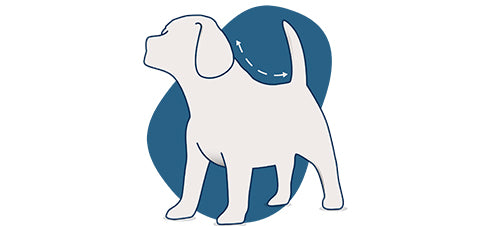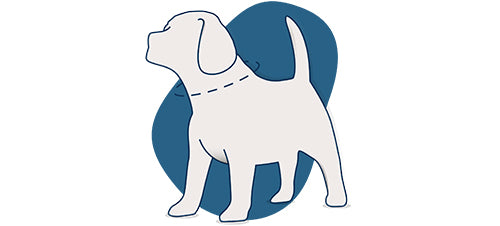Celebrating your dog's birthday or a special milestone is a joyous occasion. What better way to include your furry friend in the festivities than with a homemade dog birthday cake? Baking a cake for dogs is not only a fun activity but also ensures your pet enjoys a treat that's both delicious and safe. In this guide, we'll walk you through a dog-friendly birthday cake recipe and provide tips on creating cakes that dogs can eat.
Why Not Share Your Cake with Your Dog?
You might wonder, "Can a dog eat cake meant for humans?" While it might be tempting to give your dog a slice of your own birthday cake, it's important to resist. Regular cakes often contain ingredients like sugar, chocolate, and artificial sweeteners, which can be harmful to dogs. To keep your pet healthy and happy, it's best to opt for a dog-safe cake recipe.
Essential Ingredients for a Dog Cake

When preparing a cake recipe for dogs, it's crucial to use ingredients that are safe and beneficial for them. Here are some dog-friendly ingredients to consider:
- Whole Wheat Flour: A healthier alternative to white flour, providing more nutrients.
- Peanut Butter: A favourite among dogs; ensure it's free from xylitol, an artificial sweetener toxic to dogs.
- Applesauce or Pumpkin Puree: Adds moisture and flavour; make sure it's unsweetened and free from additives.
- Eggs: A good source of protein.
- Honey: In small amounts, it can add sweetness without the risks associated with sugar.
Dog Birthday Cake Recipe
Let's dive into a simple yet tasty dog cake recipe that your pet will love.
Ingredients:
- 1 cup whole wheat flour
- 1 teaspoon baking powder
- 1/4 cup unsweetened applesauce
- 1/4 cup natural peanut butter (xylitol-free)
- 1/4 cup honey
- 1 egg
- 1/2 cup grated carrots (optional for added texture and nutrition)
Instructions:
- Preheat the Oven: Set your oven to 350°F (175°C) and grease a small cake pan.
- Mix Dry Ingredients: In a bowl, combine the whole wheat flour and baking powder.
- Combine Wet Ingredients: In a separate bowl, mix the applesauce, peanut butter, honey, and egg until well blended.
- Blend Together: Gradually add the dry ingredients to the wet mixture, stirring until just combined. Fold in the grated carrots if using.
- Bake: Pour the batter into the prepared cake pan. Bake for 25-30 minutes or until a toothpick inserted into the centre comes out clean.
- Cool Down: Allow the cake to cool completely before serving it to your dog.
Optional Frosting:
Mix plain Greek yogurt with a small amount of peanut butter for a dog-friendly frosting. Spread it over the cooled cake.
Tips for Making the Perfect Dog Cake

- Portion Control: Even though it's a special treat, remember to serve appropriate portions to avoid overfeeding.
- Storage: Store any leftovers in the refrigerator for up to three days or freeze portions for later use.
- Customisation: Feel free to substitute ingredients based on your dog's preferences and dietary needs. For example, use pumpkin puree instead of applesauce or add blueberries for an antioxidant boost.
Alternative Cakes That Dogs Can Eat
If you're looking for other cakes that dogs can eat, consider these variations:
- Banana Oat Cake: Combine mashed bananas, oat flour, and eggs for a simple, wholesome cake.
- Meatloaf Cake: For dogs who prefer savoury treats, create a meatloaf using ground turkey, vegetables, and eggs, baked in a cake pan.
- Sweet Potato Pupcakes: Use mashed sweet potatoes and rice flour to make cupcake-sized treats.
Do Dogs Eat Cake?
Yes, dogs can eat cake, but only if it's made with dog-safe ingredients. Avoid giving your dog regular cake intended for humans due to harmful components like sugar and chocolate.
Can a Dog Eat Cake Safely?

A dog can safely enjoy cake if it's specifically made for them using a dog-safe cake recipe. Always ensure that all ingredients are non-toxic and suitable for canine consumption.
Celebrating with a Dog-Friendly Birthday Cake
Creating a dog birthday cake is a wonderful way to show your pet how much they mean to you. Not only does it make the celebration special, but it also allows you to control the ingredients, ensuring your dog's health and happiness. Remember, the key to a successful dog cake is using wholesome, safe ingredients and serving it in moderation.
Baking not your thing? We sell a range of dog friendly cakes from Barking Bakery which all the office dogs can confirm are super tasty!
Final Thoughts
Baking a cake for your dog is a delightful experience that brings joy to both you and your furry friend. By following this guide on how to make a dog cake for dogs, you're sure to create a memorable treat that celebrates your pet in the best way possible. So, gather your ingredients, preheat your oven, and get ready to bake a cake that will have your dog's tail wagging with delight.
Make your pups birthday extra special by treating them to some birthday presents from our dog birthday collection.




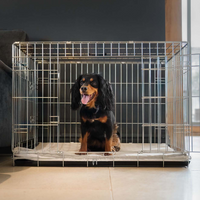



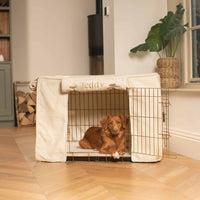
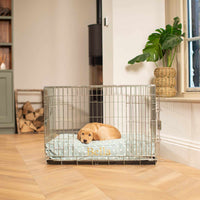
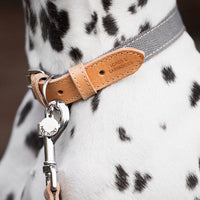



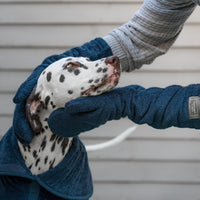

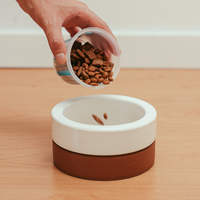
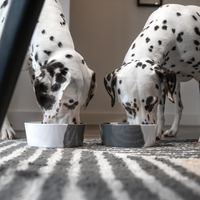
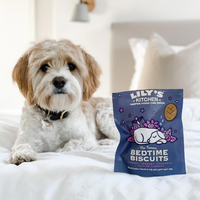
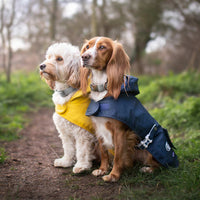

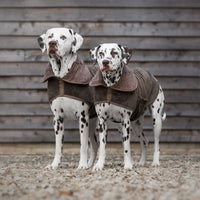
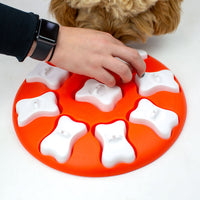

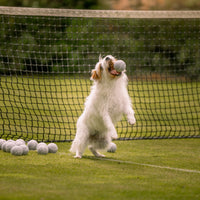
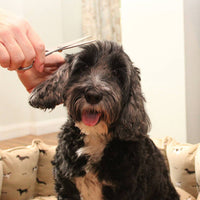
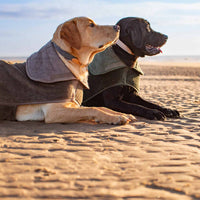



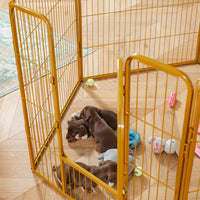
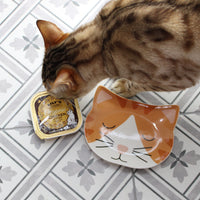
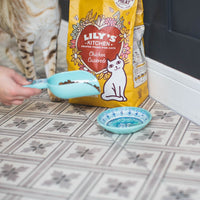







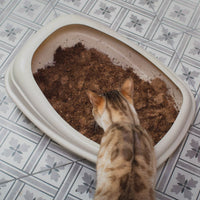
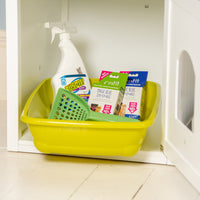


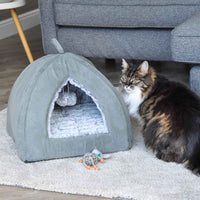



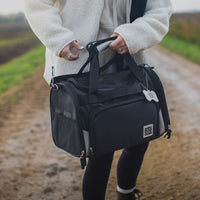














.jpg?v=1727958217793&options=)
































